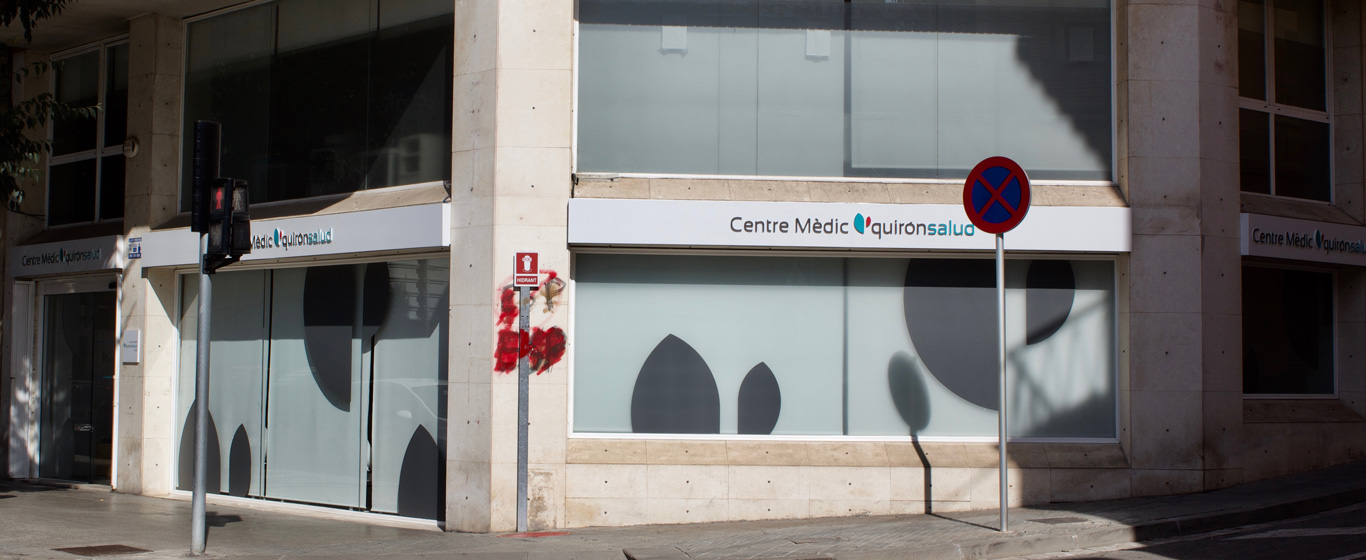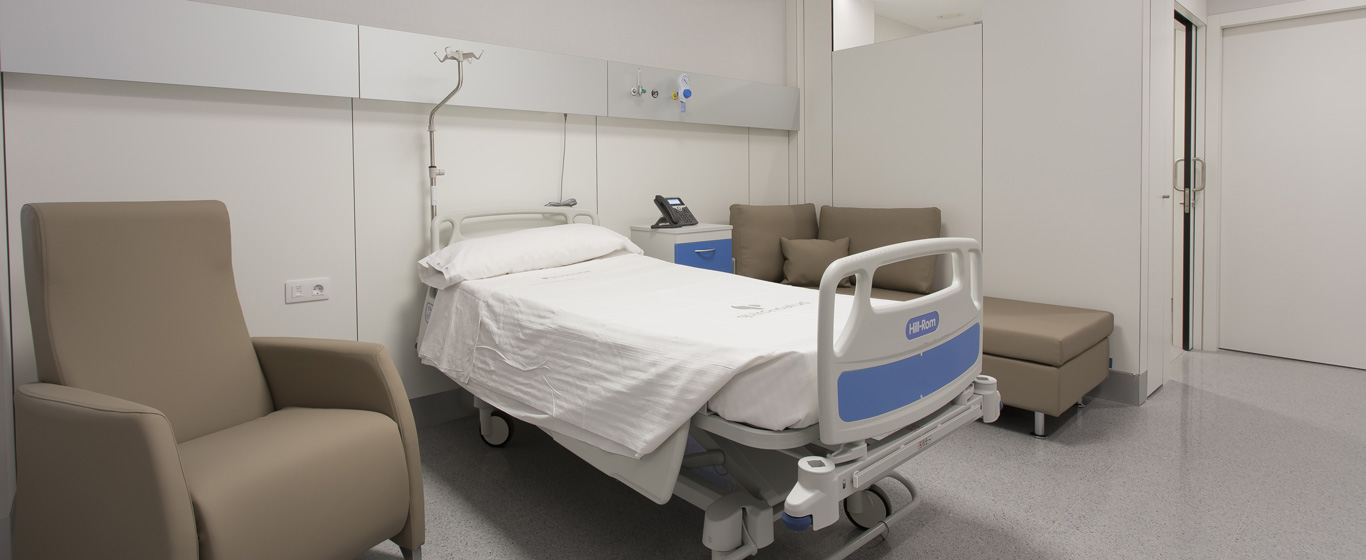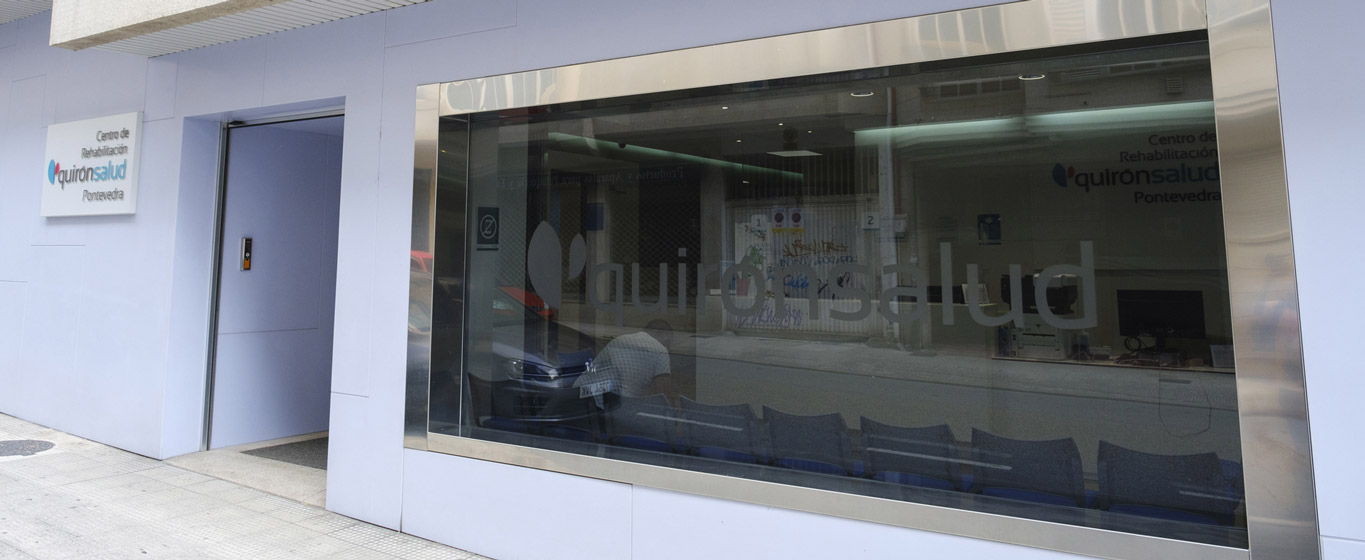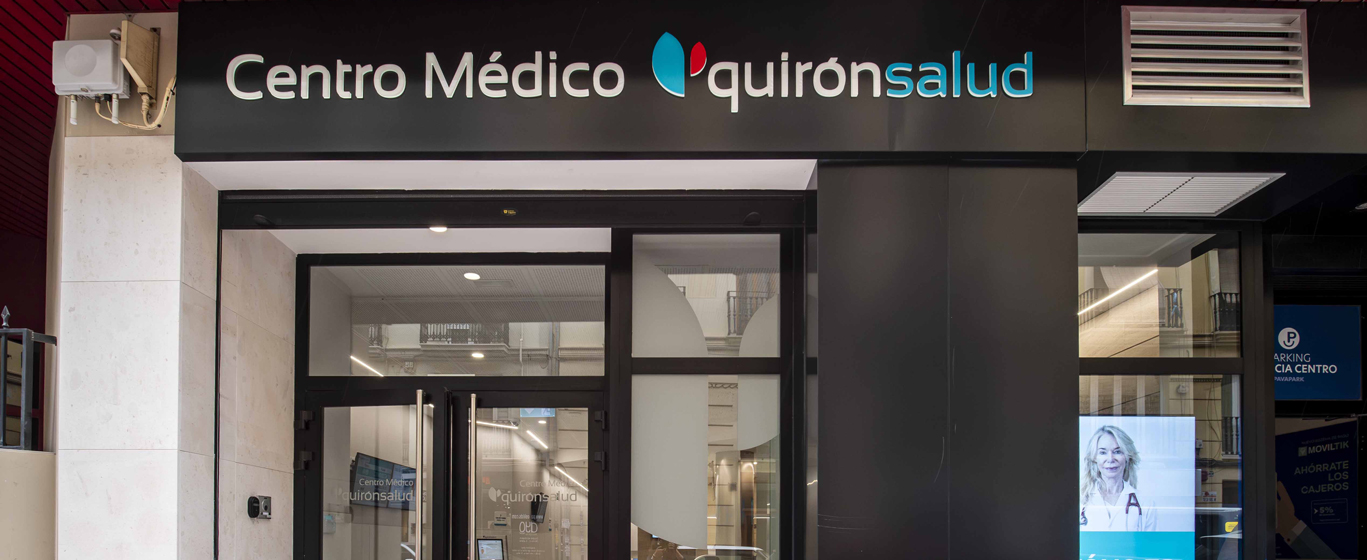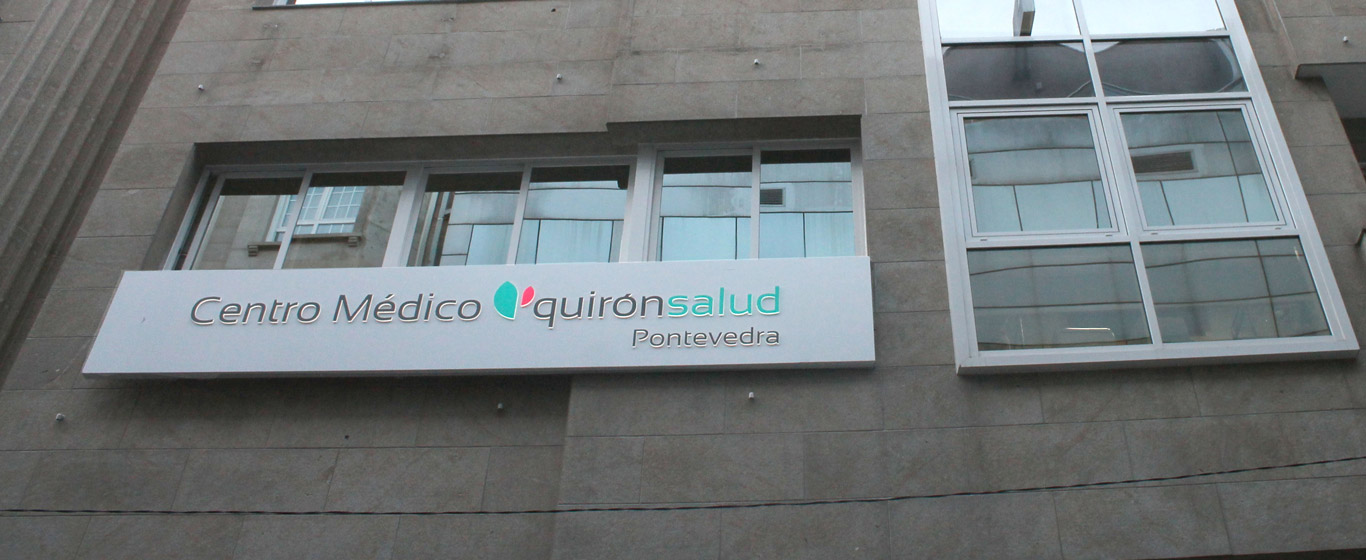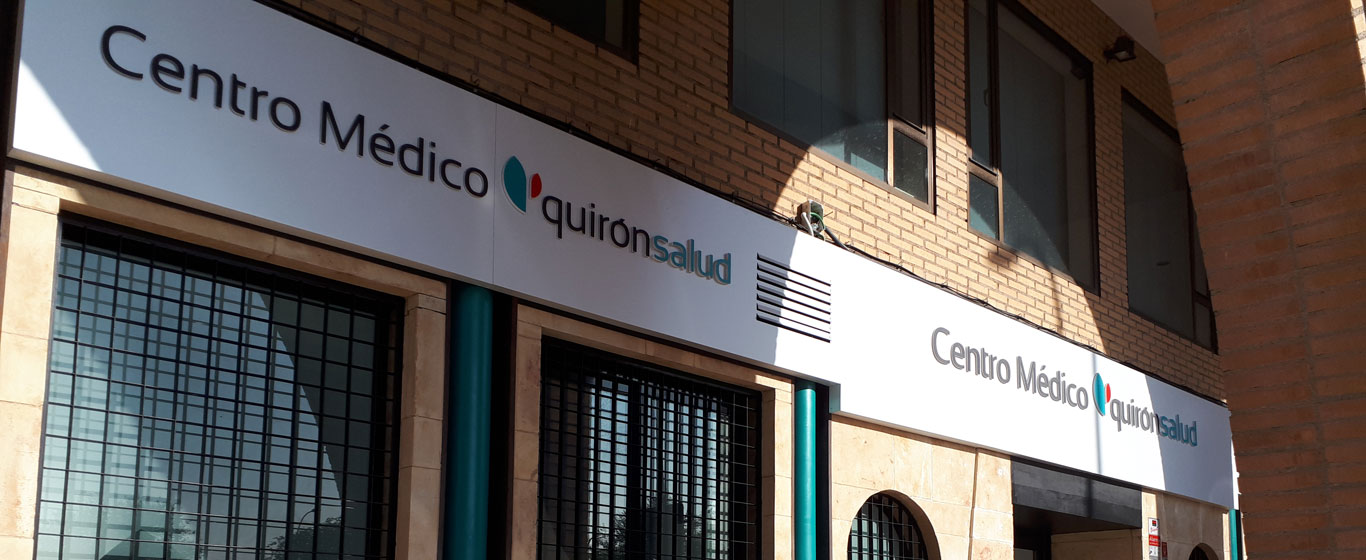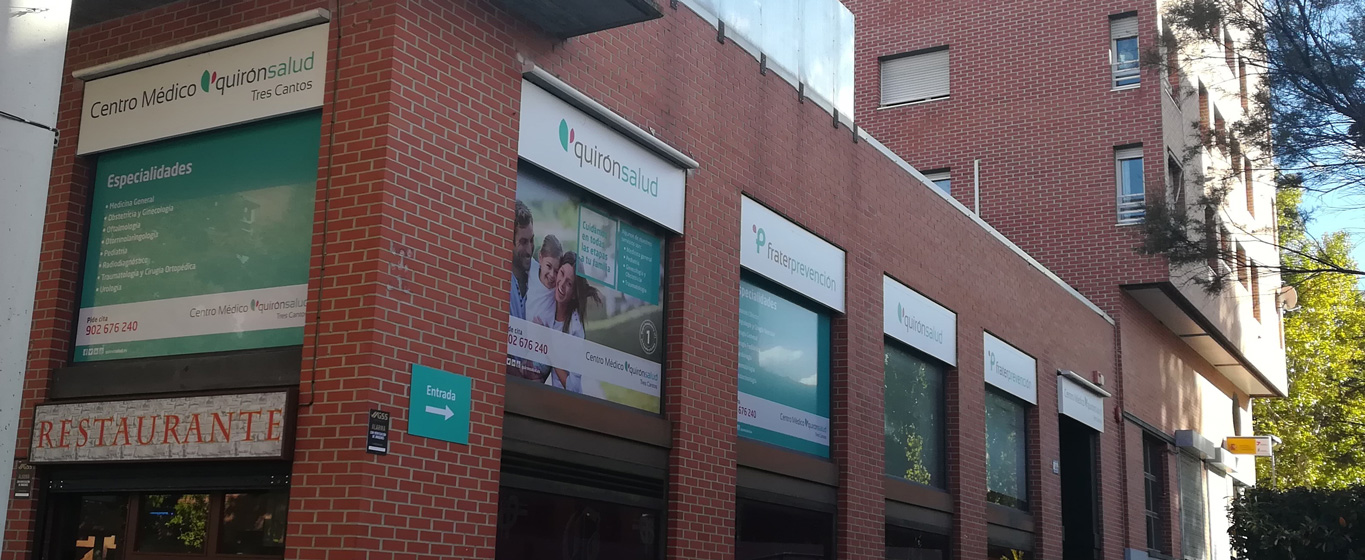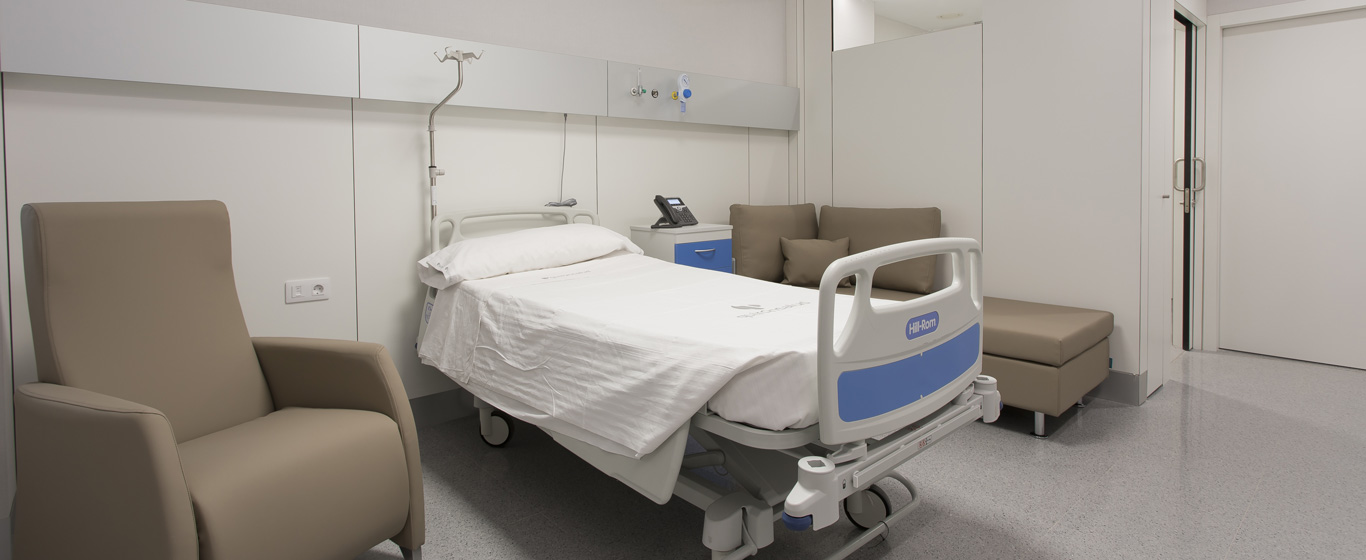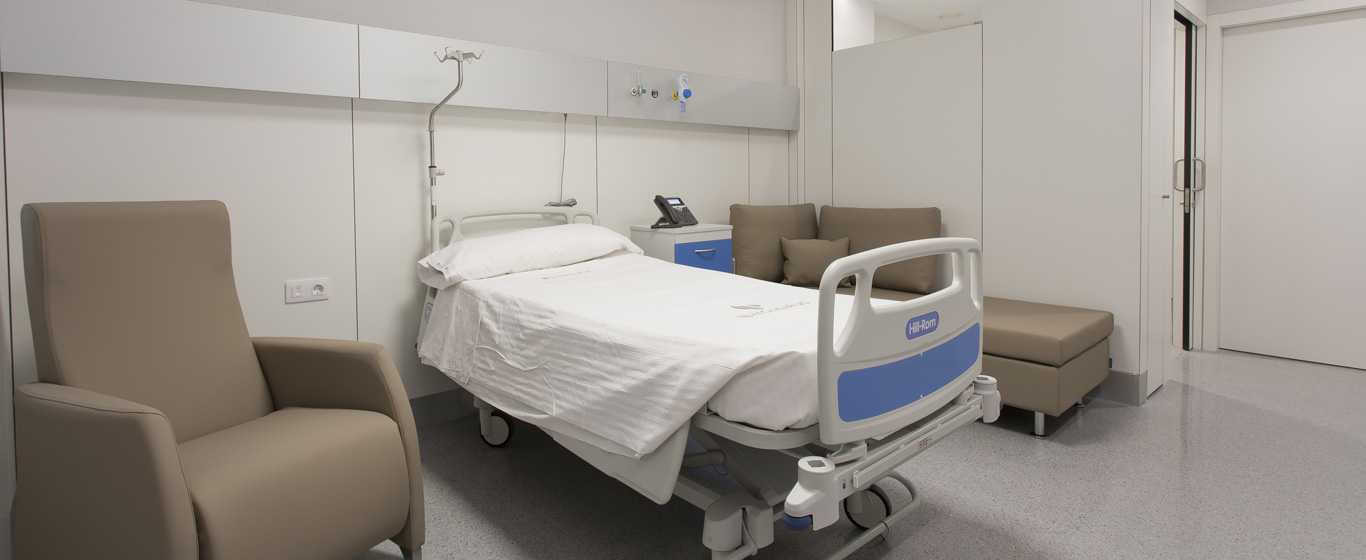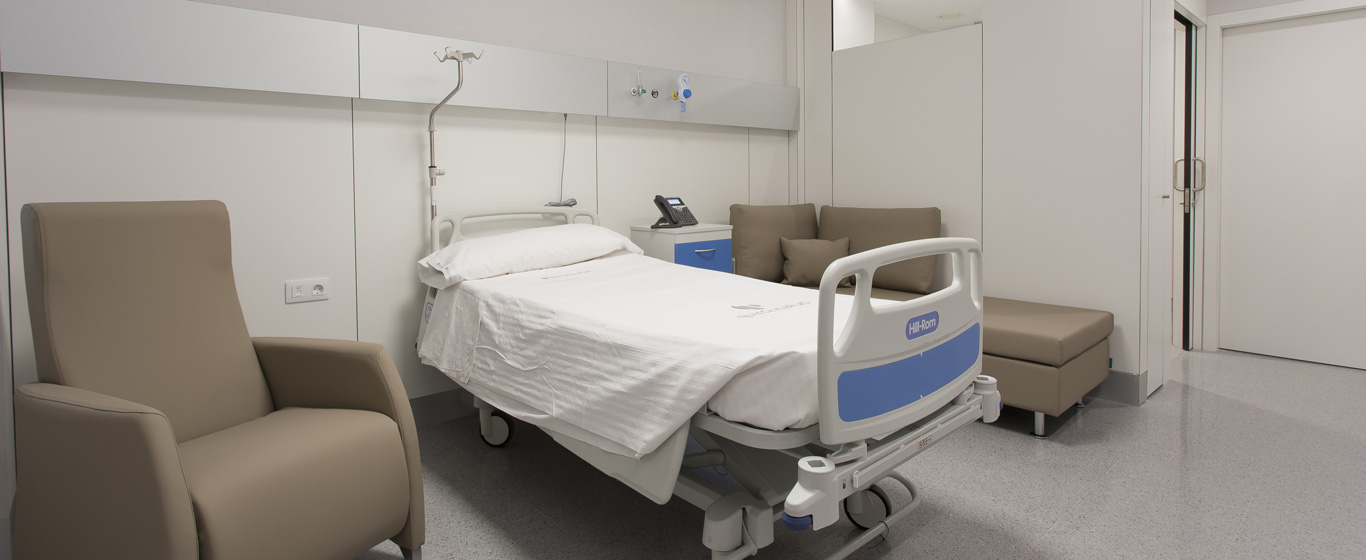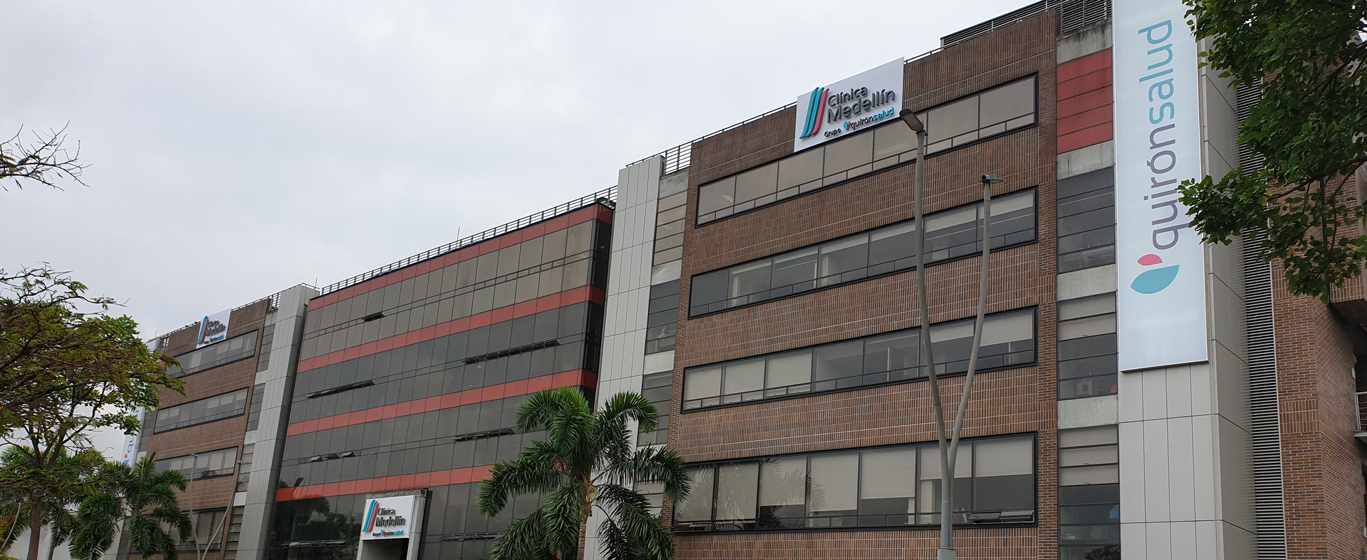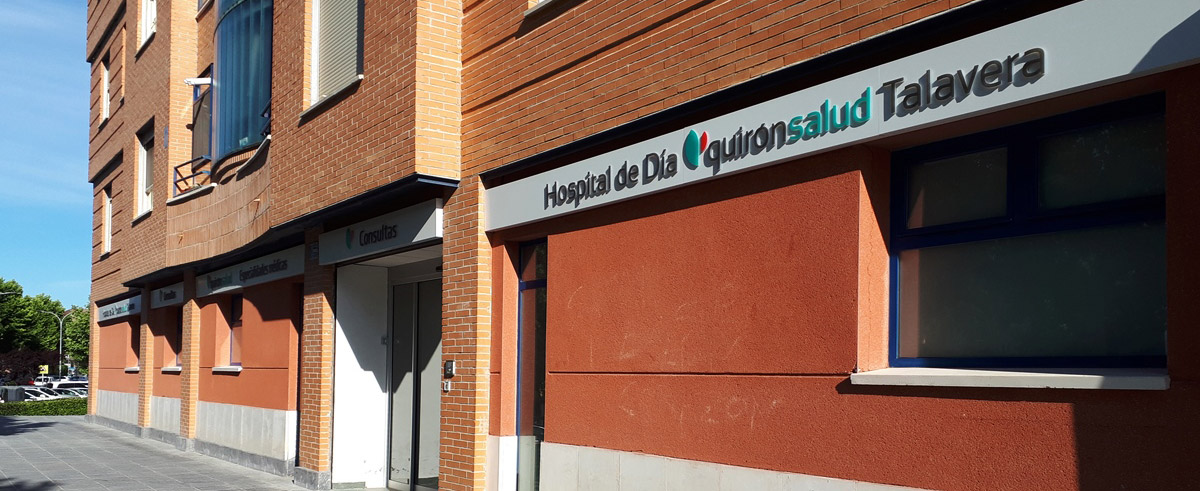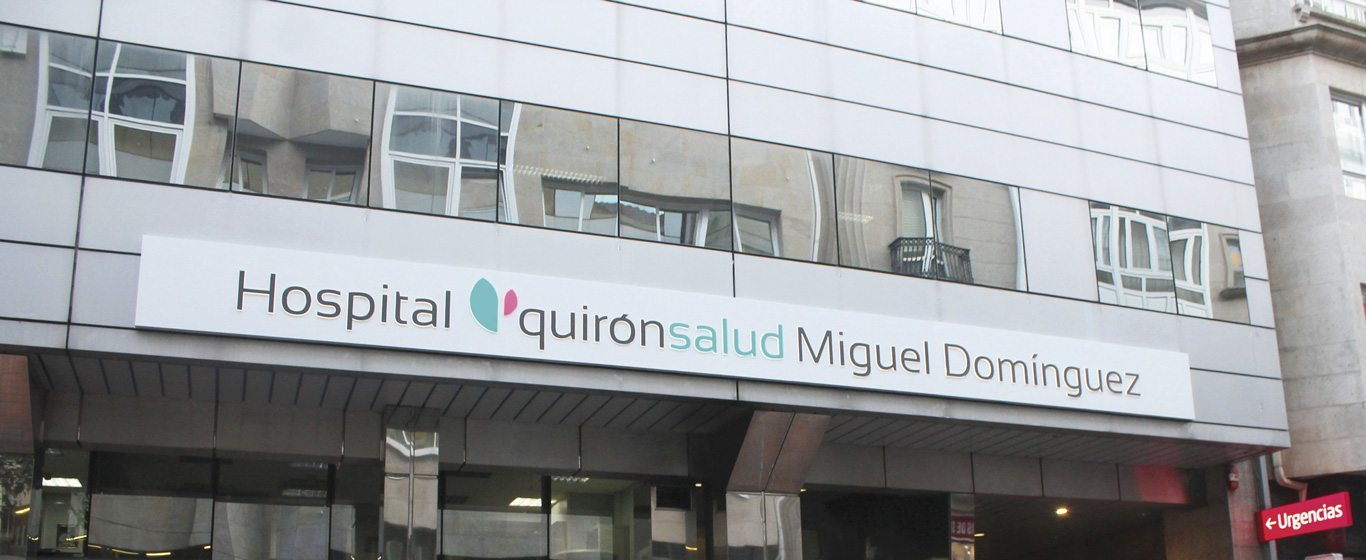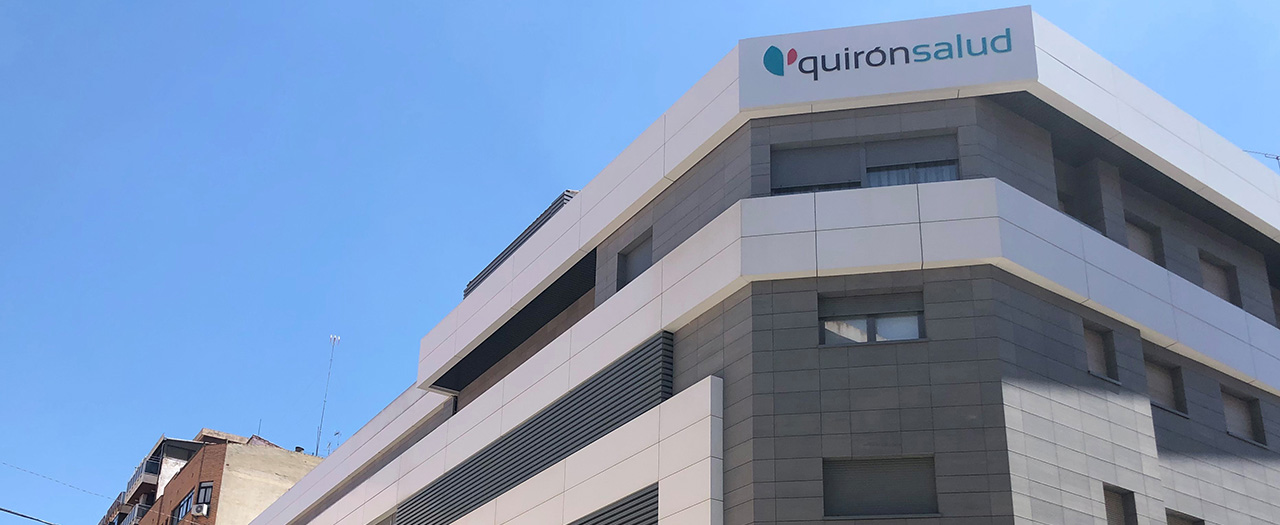Mycosis Fungoides
Is mycosis fungoides contagious? All the information on the causes, symptoms, and treatments of this condition.
Symptoms and Causes
Mycosis fungoides, also known as Alibert-Bazin syndrome or fungoid granuloma, is a type of primary cutaneous T-cell lymphoma (a type of white blood cell that originates in the bone marrow and participates in the cellular immune response). This means it is a cancerous proliferation of these lymphatic cells affecting the skin. Some authors consider Sézary syndrome, another type of cutaneous T-cell lymphoma, to be a more aggressive progression of mycosis fungoides, also involving the lymph nodes and blood.
Mycosis fungoides is a rare, chronic disorder that is part of the non-Hodgkin's lymphoma group and, despite its name, it is neither a fungal infection nor contagious.
Symptoms
The symptoms of mycosis fungoides progress in three stages:
- First Stage: Red, scaly rashes appear on the skin that cause itching. This stage can last for months or years.
- Second Stage: Hard, well-defined, slightly raised lesions (plaques) may appear and can be red.
- Third Stage: Tumor nodules appear that may be purplish in color and form small ulcers that become infected. These tumors typically have a characteristic mushroom or fungus shape, giving the disease its name.
In some cases, the disease may affect the scalp, causing hair loss.
Causes
Mycosis fungoides is caused by the abnormal multiplication of CD4+ T lymphocytes, leading to their accumulation and forming tumors. This uncontrolled proliferation occurs due to mutations in the DNA that alter the processes of cellular division and multiplication. The origin of these mutations is unknown, though the HTLV retrovirus (human T-lymphotropic virus) has been linked to T-cell neoplasms. Some studies have also found an association between the disease and the HLA-DR5 antigen and with certain numerical or structural chromosome anomalies.
Risk Factors
The likelihood of developing mycosis fungoides increases with the following factors:
- Age: It typically manifests after the age of 50.
- Sex: It is much more common in men.
Complications
In the more advanced stages of the disease, mycosis fungoides often spreads to the lymph nodes, blood, or other organs, primarily the liver, lungs, and bone marrow. In these cases, symptoms such as fever, night sweats, and weight loss may appear. The presence of metastasis complicates treatment and worsens the prognosis of the disease.
Prevention
Given the disease’s rare incidence and unknown origin, no preventative measures have been described.
Which doctor treats mycosis fungoides?
Mycosis fungoides is diagnosed and treated by specialists in dermatology, hematology, and oncology.
Diagnosis
Mycosis fungoides is often diagnosed late, as its early symptoms are similar to other skin conditions such as eczema, dermatitis, or psoriasis. To confirm the diagnosis of mycosis fungoides, the following tests are performed:
- Physical Examination: The study of skin lesions is essential to identify the stage of the disease. Inflammation may also be examined to determine possible involvement of the lymph nodes.
- Skin Biopsy: A sample of the skin lesions is analyzed to confirm the presence of T lymphocytes and tumor markers. In the early stages, the presence may not be significant, requiring more than one biopsy.
In advanced stages, additional tests are performed to check if the mycosis has spread:
- Flow Cytometry: A blood sample is examined to determine the number, size, and shape of the cells. The cells are stained with a light-sensitive dye and exposed to a light beam to observe their response. This test helps identify malignant T lymphocytes and other tumor markers in the blood.
- Imaging Tests such as chest, abdomen, and pelvic CT scans or positron emission tomography (PET) scans: Images show the presence of cancer in internal organs.
- Lymph Node Biopsy: If the lymph nodes are inflamed, a biopsy is performed to confirm their involvement.
Treatment
The goal of treatment is to achieve total or partial remission of symptoms since there is no cure for mycosis fungoides. The specific treatment depends on the stage of the disease:
- Topical Corticosteroids: These reduce redness and itching of the skin.
- Phototherapy: Very effective in early stages. It reduces the growth of skin cells and inflammation.
- PUVA (psoralen with ultraviolet A light): This provides deep radiation but is not potent enough, so psoralen is administered orally to increase the skin’s sensitivity to light.
- UVB (ultraviolet B light): This provides more superficial but stronger radiation.
- Topical Chemotherapy: Nitrogen mustards (mechlorethamine), an anticancer agent, are applied to target cancer cells.
- Radiotherapy: Electron beams are directed at the skin. This type of radiation only reaches the papillary dermis, without affecting internal organs. It is used mainly when there is extensive cutaneous involvement with thick plaques.
- Extracorporeal Photopheresis: This type of photochemotherapy is used when the mycosis has spread to the blood. It involves extracting blood, passing it through a machine that filters the white blood cells, adding psoralen, and exposing it to ultraviolet light before returning the blood to the patient. The treated white blood cells target T-cell formation.
- Immunomodulatory Drugs, such as interferon or bexarotene: These stimulate the immune system’s antitumor response.






